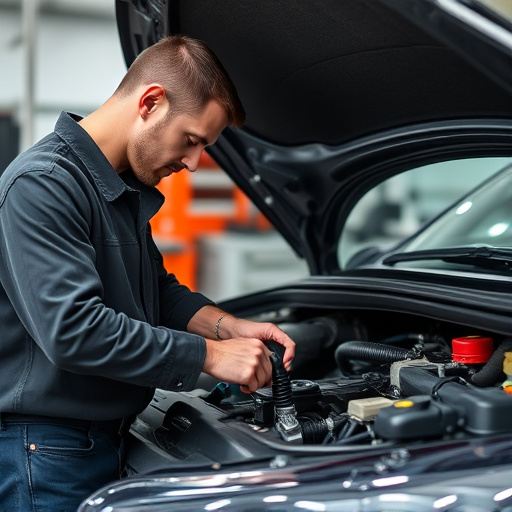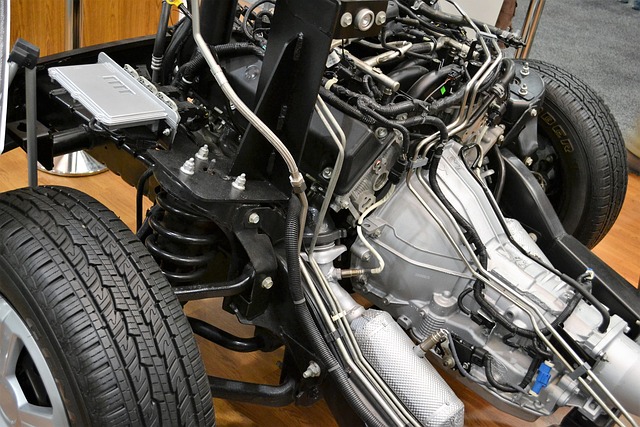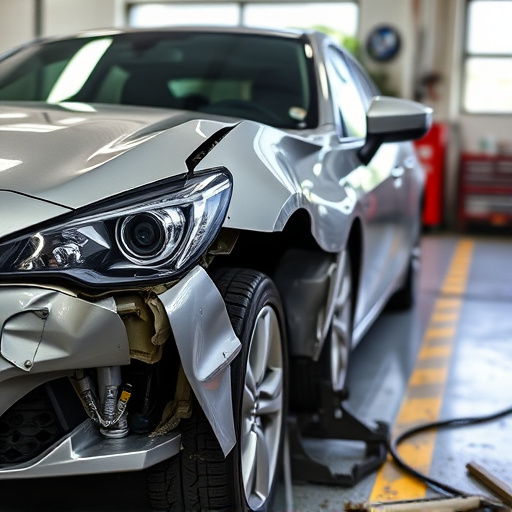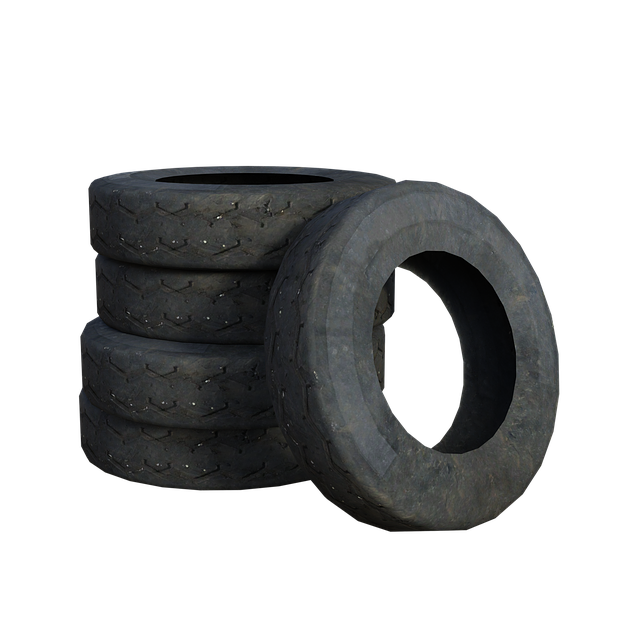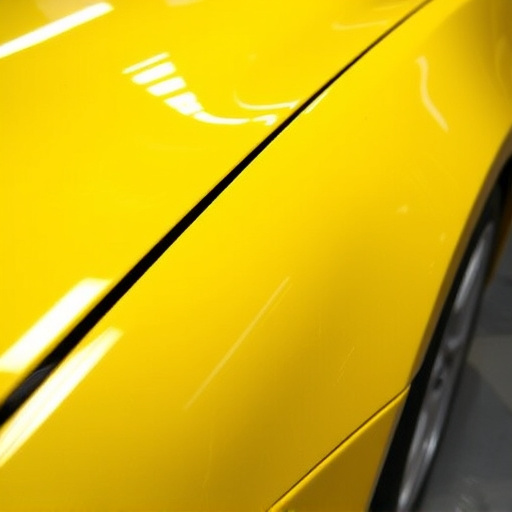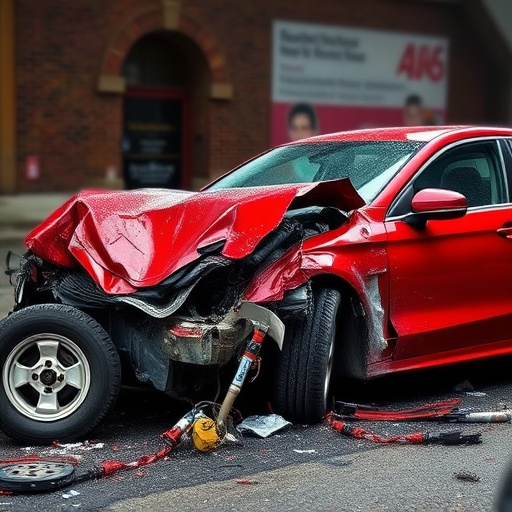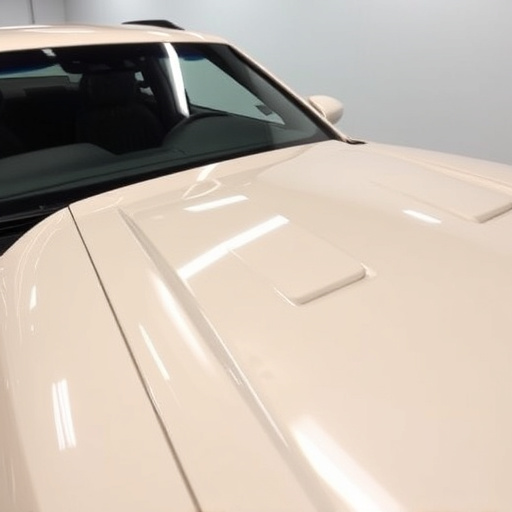Remanufactured collision parts offer a sustainable and cost-efficient alternative for automotive repairs, restoring used parts to OEM standards. This eco-friendly process begins with collection, inspection, and restoration, followed by rigorous quality control testing. While providing better performance and reduced waste, obtaining OEM approval remains a challenge, requiring reliable suppliers for consumer trust.
Remanufactured collision parts are transforming the auto repair industry by offering a sustainable and cost-effective alternative to original equipment manufacturer (OEM) components. This in-depth article explores how these parts meet OEM standards, shedding light on their intricate process and benefits. From understanding the salvage-to-standards journey to examining the challenges of OEM approval and quality assurance, we delve into the world of remanufactured collision parts, empowering consumers and professionals alike.
- Understanding Remanufactured Collision Parts
- The Process: From Salvage to Standards Compliance
- Benefits and Challenges: OEM Approval and Quality Assurance
Understanding Remanufactured Collision Parts
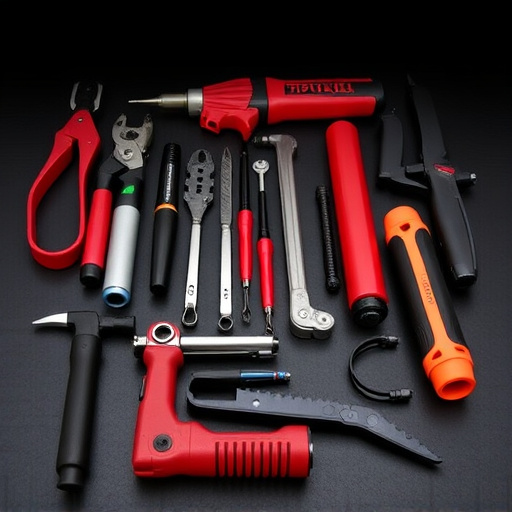
Remanufactured collision parts are a significant development in the automotive industry, offering a sustainable and cost-effective solution for both consumers and businesses. These parts are carefully restored and rebuilt to meet Original Equipment Manufacturer (OEM) standards, ensuring they function as good as new. The process involves disassembling, inspecting, cleaning, and replacing worn or damaged components, before reassembling and testing the part to OEM specifications.
Understanding remanufactured collision parts is crucial for car repair shops and collision centers. Unlike recycled parts, which may have unknown origins and quality, remanufactured parts provide a reliable alternative. This not only reduces waste but also ensures that autobody repairs are performed using high-quality components, leading to better performance and longer lasting results.
The Process: From Salvage to Standards Compliance
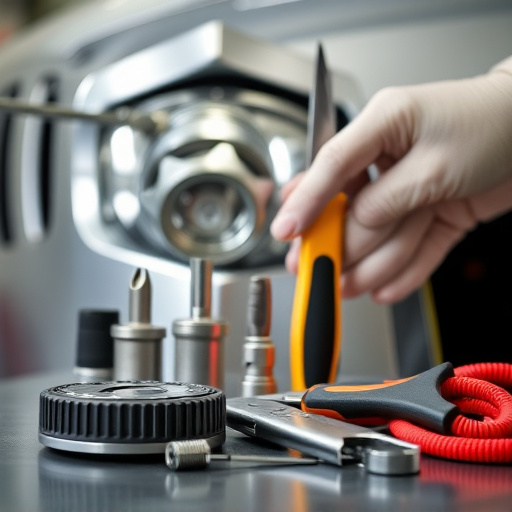
The journey of a remanufactured collision part from salvage to meeting OEM standards is a meticulous process designed to ensure quality and safety in vehicle repair. It all begins with the collection of used automotive parts, often sourced from wrecked vehicles or end-of-life cars. These parts are then carefully inspected, sorted, and categorized based on their condition and potential for remanufacturing. Advanced technologies like frame straightening machines play a crucial role in restoring the structural integrity of damaged frames to their original specifications.
Through a series of rigorous cleaning, disassembly, and inspection procedures, skilled technicians prepare the parts for remanufacturing. This involves replacing or repairing worn-out components, ensuring every element meets the stringent criteria for performance and durability. After completion, these refurbished parts undergo extensive quality control tests to verify their compliance with Original Equipment Manufacturer (OEM) standards. This meticulous approach guarantees that remanufactured collision parts not only look like new but also function as such, making them a reliable choice for car restoration and vehicle repair projects.
Benefits and Challenges: OEM Approval and Quality Assurance
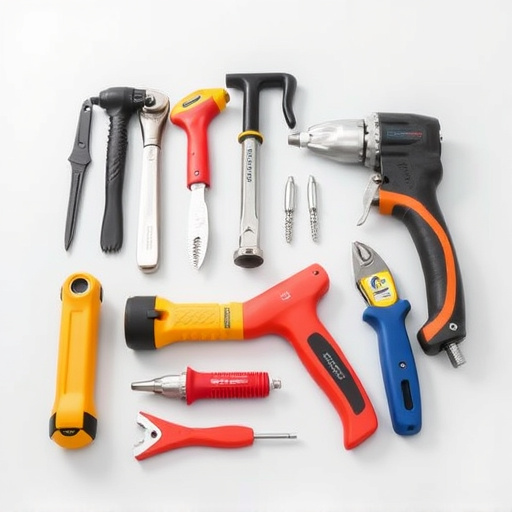
The primary advantage of remanufactured collision parts is their cost-effectiveness compared to original equipment manufacturer (OEM) parts. This accessibility makes high-quality repairs more affordable for both consumers and collision repair centers, especially in the case of vehicles with extensive damage that would otherwise require replacement parts. Additionally, remanufactured parts offer environmental benefits by reducing waste and lowering the demand for new materials.
However, obtaining OEM approval presents a challenge for remanufactured collision parts suppliers. Original equipment manufacturers often have stringent quality control measures and standards, ensuring their parts meet safety and performance criteria. Repair centers must rely on reputable suppliers who can consistently deliver products that meet or exceed these OEM standards. Proper quality assurance processes, including rigorous testing and certification, are essential to gaining consumer trust and ensuring the reliability of remanufactured collision parts in vehicle repair, comparable to tire services or comprehensive vehicle collision repair.
Remanufactured collision parts have emerged as a sustainable and cost-effective solution in the automotive industry. By adhering to Original Equipment Manufacturer (OEM) standards, these parts offer quality assurance and performance comparable to new components. Through a rigorous process of salvage, disassembly, refurbishment, and retesting, remanufacturers ensure that every part meets strict criteria. While challenges such as obtaining OEM approval exist, the benefits are clear: reduced environmental impact, lower costs for consumers and repair shops, and an efficient way to keep vehicles on the road. As the demand for eco-friendly automotive solutions grows, remanufactured collision parts play a crucial role in shaping a more sustainable future.
